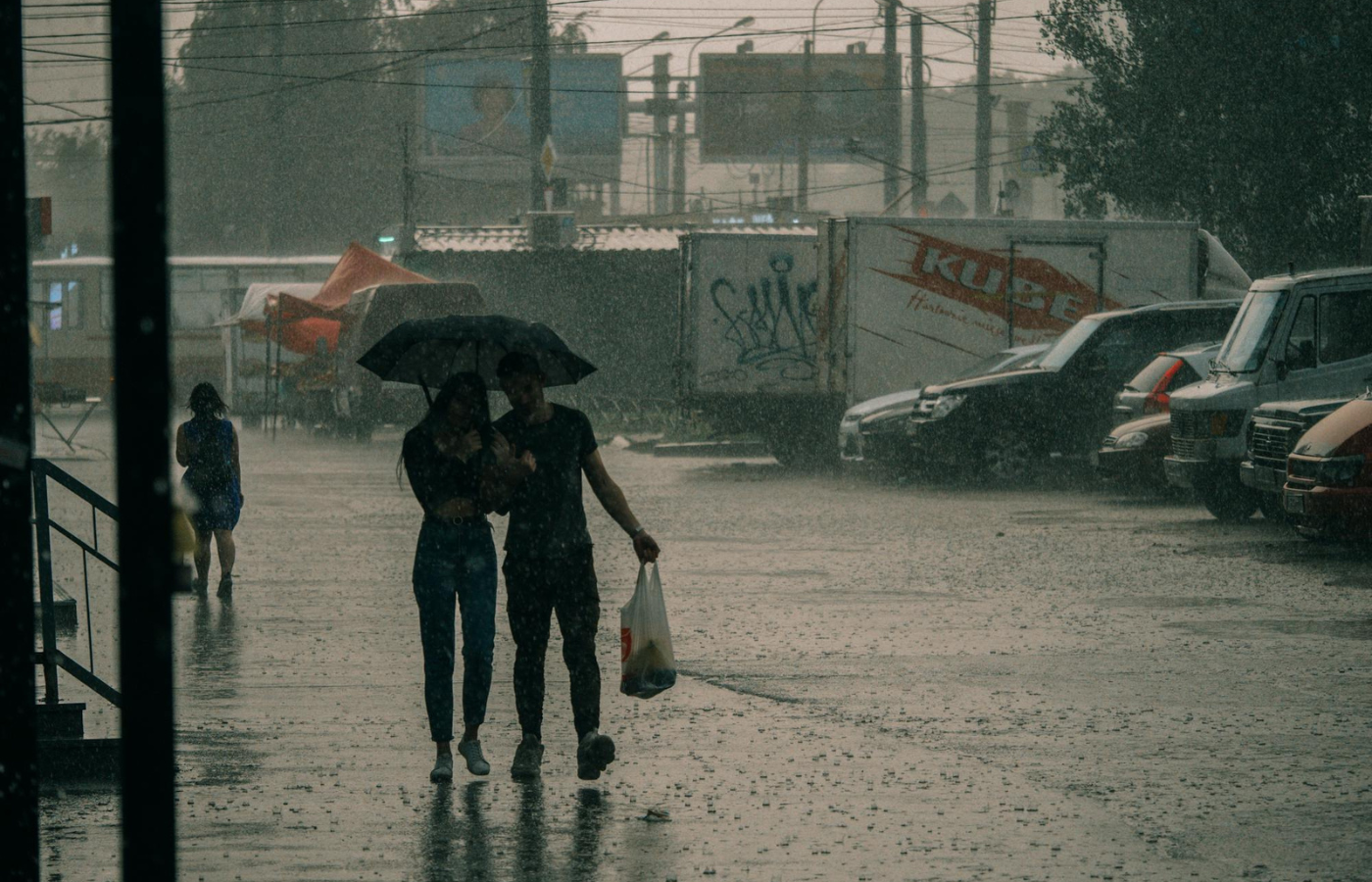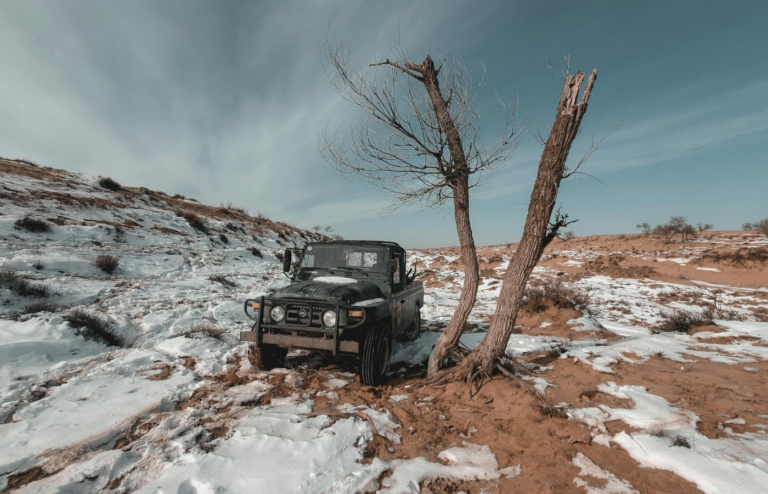When a major storm hits and you’re suddenly cut off from the outside world, time slows down—but decisions matter more than ever. Power lines are down, roads are flooded, and help could be hours—or days—away. What you do in the first few hours can make all the difference.
Stay calm. Stay focused. These 10 actions will help you regain control and stay safe while you ride it out.
1. Check Everyone for Injuries

Before you worry about the damage, check your people. Injuries can be hidden under adrenaline. Look for cuts, bruises, sprains, or signs of shock.
Use your first aid kit to treat what you can. If someone’s hurt badly and help isn’t coming soon, focus on keeping them stable and comfortable.
2. Shut Off Damaged Utilities
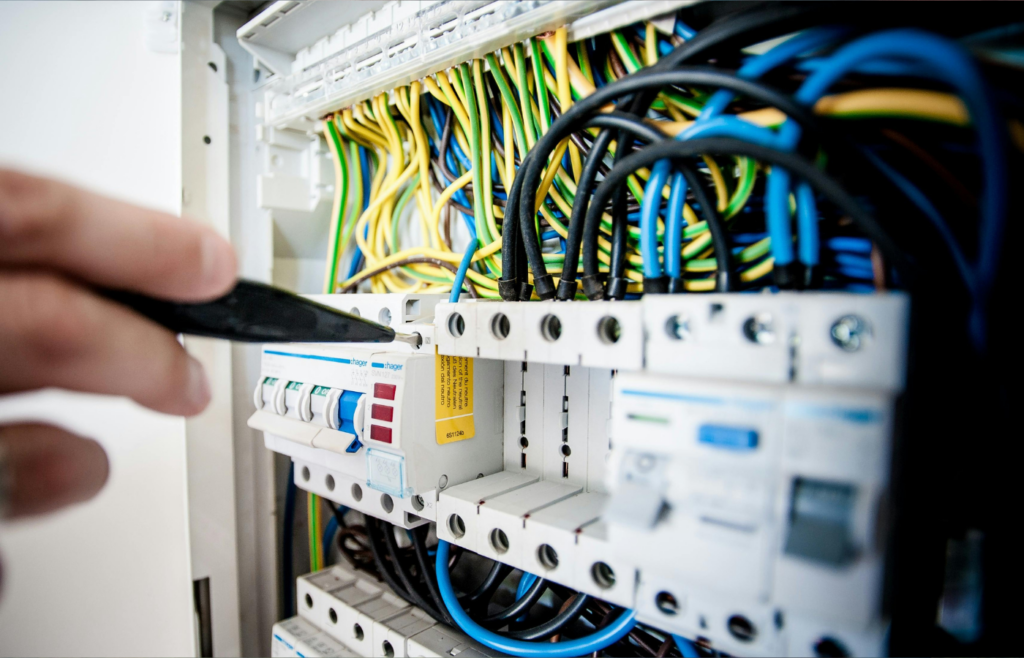
If you smell gas, hear water leaking, or see sparks, turn off your main utilities. Know where your shut-off valves and breaker box are ahead of time.
Don’t risk making things worse. When in doubt, play it safe. A power surge or broken pipe can do more damage than the storm itself.
3. Take Stock of Supplies
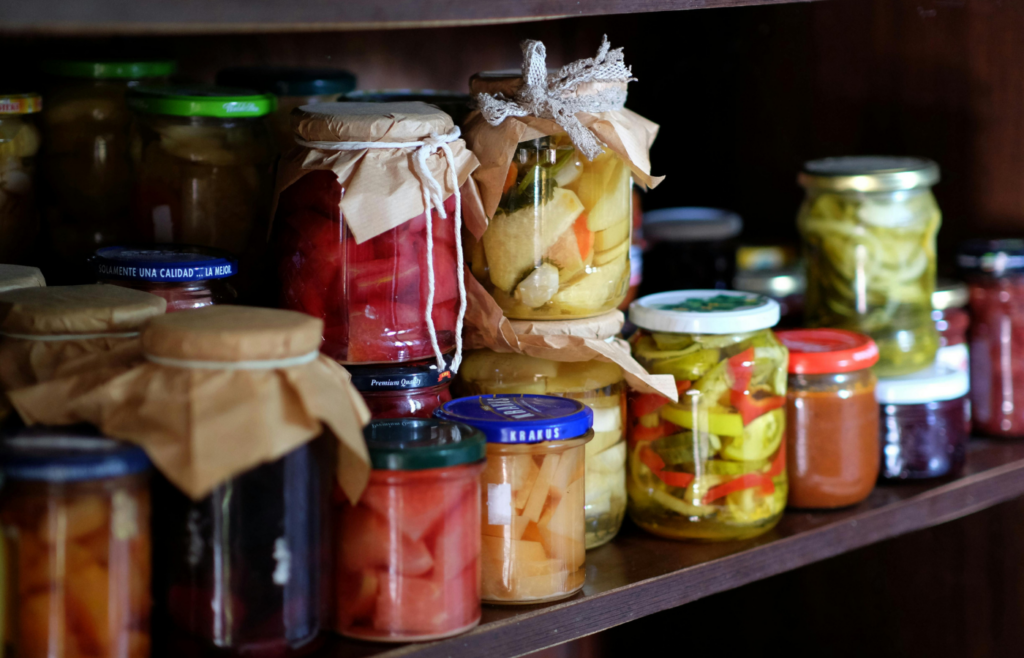
Before you start rationing or panicking, figure out what you have. Count your food, water, light sources, batteries, and fuel. Check expiration dates and test gear.
Make a rough plan. You don’t need to live on the edge—you just need to make smart use of what you’ve got.
4. Secure the Perimeter
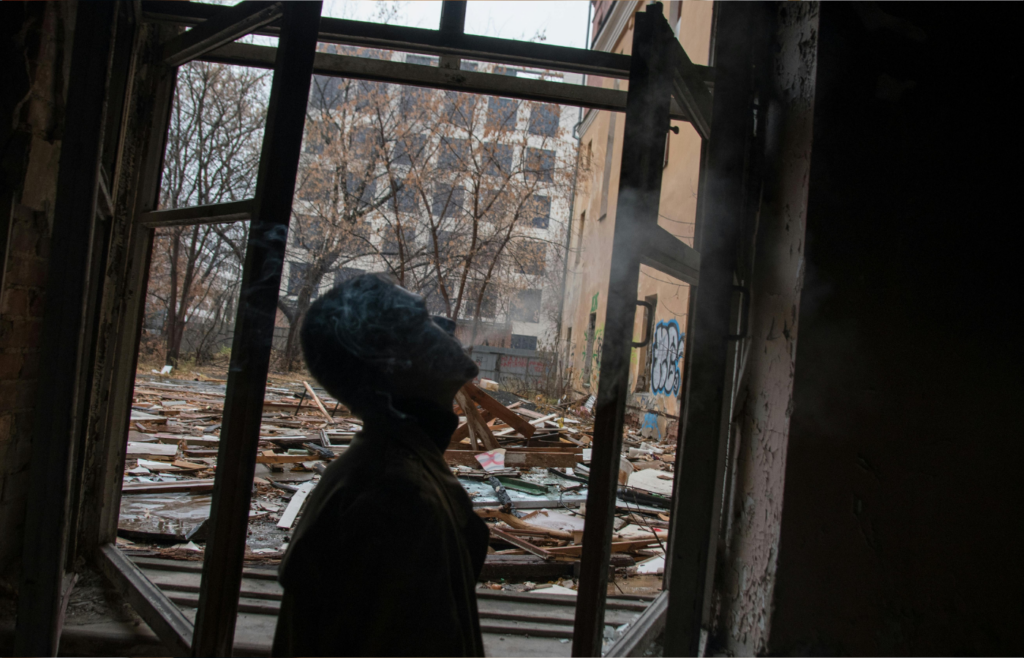
Inspect your home and property. Look for broken windows, roof damage, or downed limbs. Cover holes with tarps or boards to keep the weather out.
If it’s safe, move debris away from doors and walkways. Don’t risk injury—use gloves, boots, and caution.
5. Turn On Your Emergency Radio
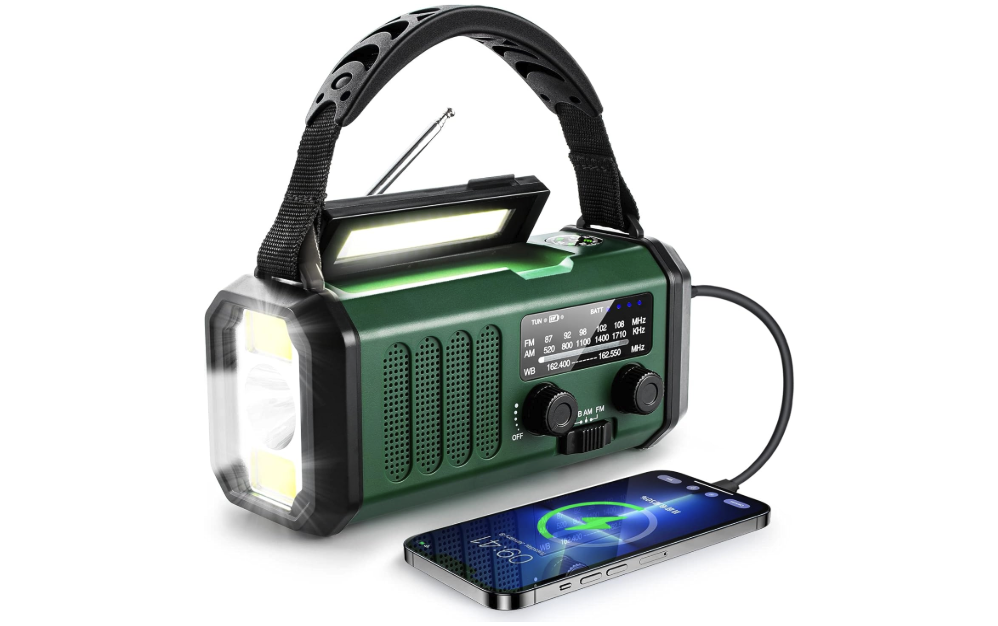
When you’re cut off, your emergency radio becomes your lifeline. Tune in to NOAA or local stations for updates on weather, relief efforts, or evacuation orders.
Don’t assume the worst—or the best. Stay informed so you can make good calls as the situation unfolds.
6. Conserve Power and Fuel
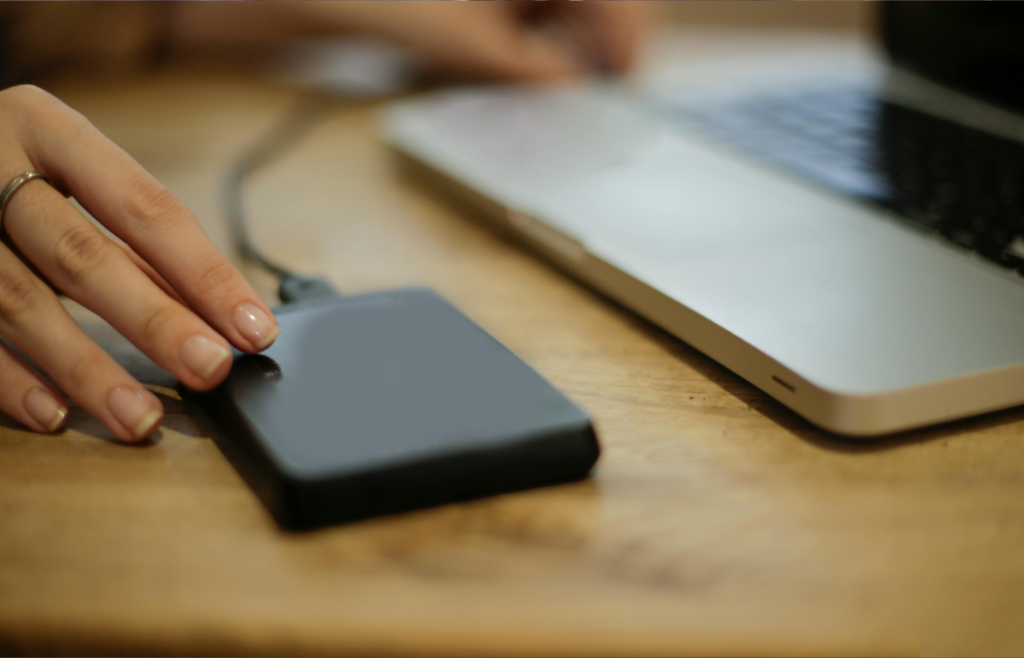
No telling how long the outage will last. Turn off unnecessary devices, avoid draining your phone battery, and use lights only when needed.
If you have a generator or gas stove, use them sparingly. Rotate battery usage and let solar gear charge when the sun’s out.
7. Filter and Store Water

Your tap water may not be safe anymore—or may stop flowing altogether. Use filters or purification tablets on any questionable sources. Boil water if you can.
Store what you’ve got in clean containers. Even non-potable water can be saved for washing or flushing if space allows.
8. Stay Put Unless It’s Unsafe
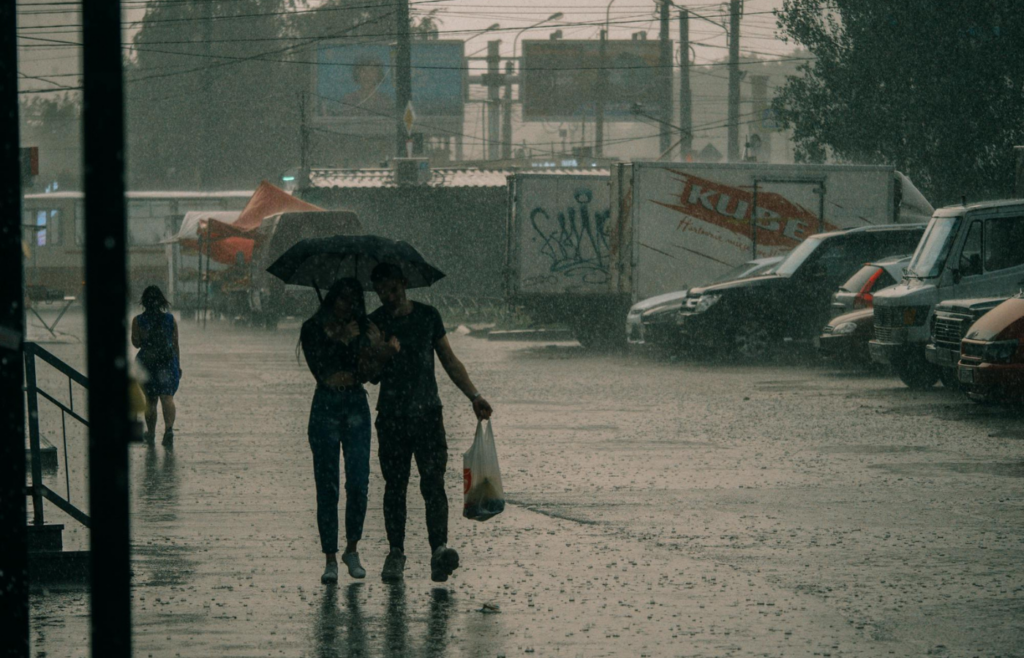
Unless your home is damaged or in danger, sheltering in place is usually safest. Roads may be blocked or dangerous. Wait for official guidance before trying to leave.
Stay warm, stay fed, and stay off the roads unless you’re absolutely sure it’s safe.
Read More: Top 10 Ways to Stay Calm When Everything Goes Wrong
9. Document Damage (If Safe)
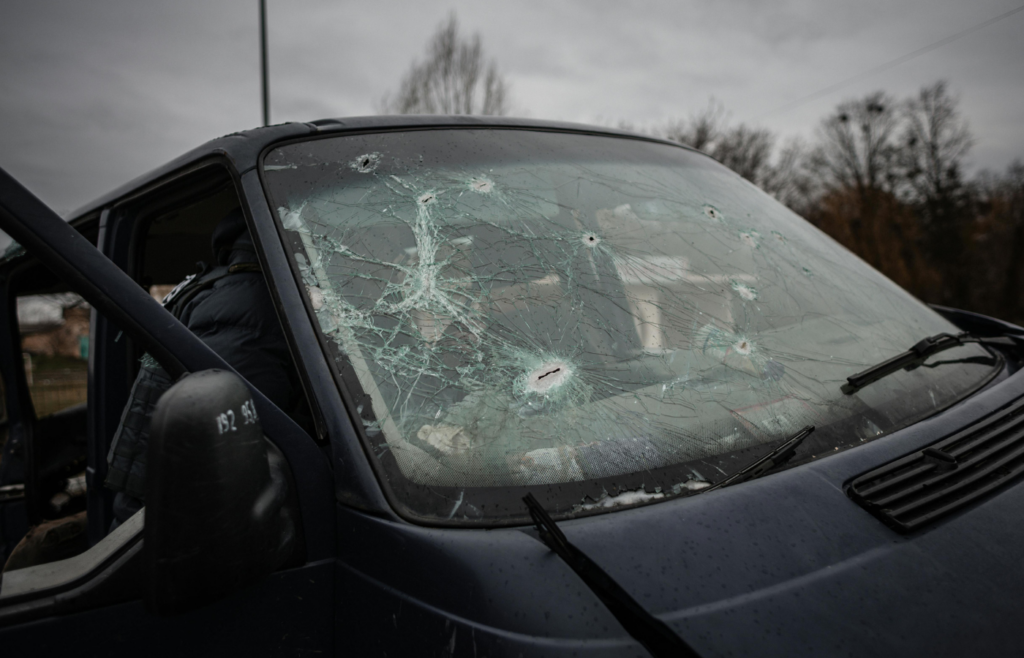
If it’s safe to move around, take pictures of any damage to your home, car, or property. These will be important later for insurance claims or disaster relief.
Don’t climb onto damaged roofs or enter flooded basements—get what you can without risking your safety.
Read More: Top 10 Ways to Keep Warm When the Heat Goes Out
10. Keep Morale Up
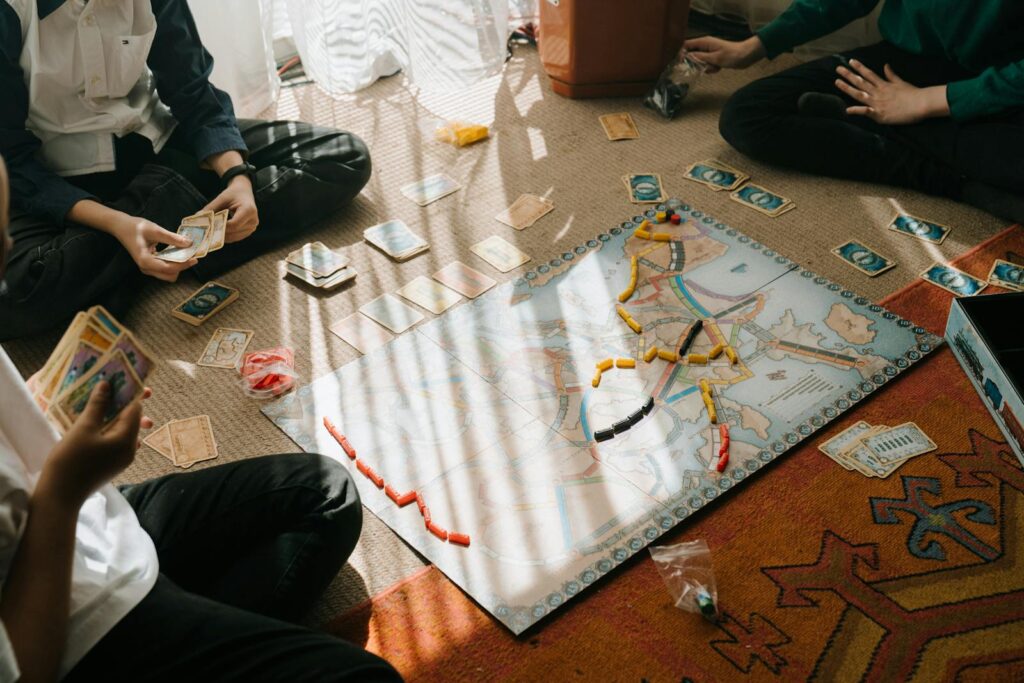
Storms hit more than just structures—they hit your spirit. Break out the board games, share a hot drink, or just talk. Keep each other calm and focused.
Even a small dose of normalcy can reduce stress and help everyone think more clearly. Hope is a survival tool too.
When you’re cut off, survival isn’t just about what you have—it’s about what you do. React quickly, think clearly, and take care of each other. With the right steps, you can weather the aftermath just as well as the storm itself.
Read More: Top 10 Tricks to Stay Safe Without Cell Service or Internet

